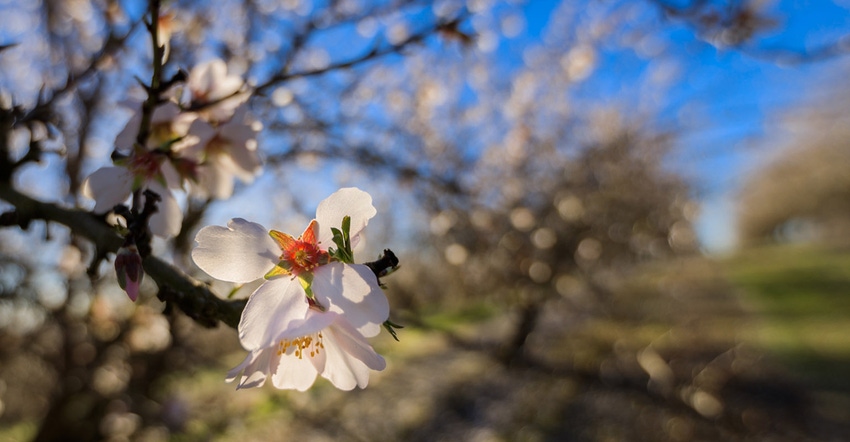February 1, 2018

Sponsored Content
Due to these conditions, many growers were unable to apply bloom fungicides at the ideal timing, causing them to wonder what this year’s season will bring.
“While we can’t control the amount of rain we receive, we can take the necessary steps to prevent diseases to the best of our ability in orchards,” said Leigh Ann Harrison, BASF Technical Service Representative. “Winter sanitation efforts can make all the difference for the health of an orchard.”
Winter sanitation efforts include making dormant fungicide applications, pruning diseased wood, cleaning off mummies infected with pathogen and cleaning up the orchard floor. Harrison notes that while these efforts, ideally, should have started soon after harvest, there is still time for growers to go through these steps.
“Post-harvest is a better time for a grower to do any pruning and clean up their orchard, because fresh pruning wounds in the spring, coupled with spring rains, are a vulnerable target for infection by wood diseases,” said Harrison.
In addition to taking advantage of the off-season to clean up orchards, now is a good time for growers to create a proactive crop protection plan. By establishing a fungicide program early, growers can be ready to preventatively apply those fungicides in case of an early bloom or any unexpected weather patterns.
“While there is no crystal ball growers can use to predict weather patterns, they can include planning for inclement weather in their fungicide programs,” said Harrison. “When dealing with flooding or very wet soils, growers need to find another way to apply fungicides than by ground.”
Harrison notes aerial applications of Merivon® Xemium® brand fungicide can be made on almonds. By having the product on hand and understanding the label, growers can jump in right away and apply the product as it’s needed to ensure the health of their orchard.
Managing against rust and scab, which are both becoming a great concern, will be just around the corner. Therefore, growers should keep this in mind when establishing fungicide programs as they can apply Merivon fungicide preventatively on these mid-season diseases. By making this application, plants can focus on what’s important, like photosynthesizing and producing efficient almond production, rather than on combating diseases.
To learn more about Merivon fungicide, contact your local BASF representative or visit GrowSmartAlmonds.com.
Always read and follow label directions.
Merivon and Xemium are registered trademarks of BASF.
About the Author(s)
You May Also Like




